
The village of Ushakovo is located on the shore of the Kaliningrad (Vislinsky) Bay at the mouth of the Cool River. The settlement is part of the municipality of Guryevsky Urban Okrug of the Kaliningrad region.
Until 1946, the settlement was called Brandenburg, after which it was renamed Ushakovo. In Prussia, it was the center of the Komturstvo, whose vast territory stretched to the Great Masurian Lakes.
The settlement was first mentioned in historical documents in 1266. The population in 2011 was 812 people. Coordinates of the village of Ushakovo: 54°36'40" s.w. 20°14'30" w.d. Postal code: 238313; telephone code: 401 51. The post office serving the village of Ushakovo - Nizovye, Kaliningradskaya str., 3, village. Nizovye, Guryevsky district, Kaliningrad region.
The village is located 23 kilometers from the city of Kaliningrad. You can get there both by bus and by car, if you go along the A194 Kaliningrad-Mamonovo highway. The journey time is about thirty minutes.
The village is small, rather shabby. It is currently in decline.
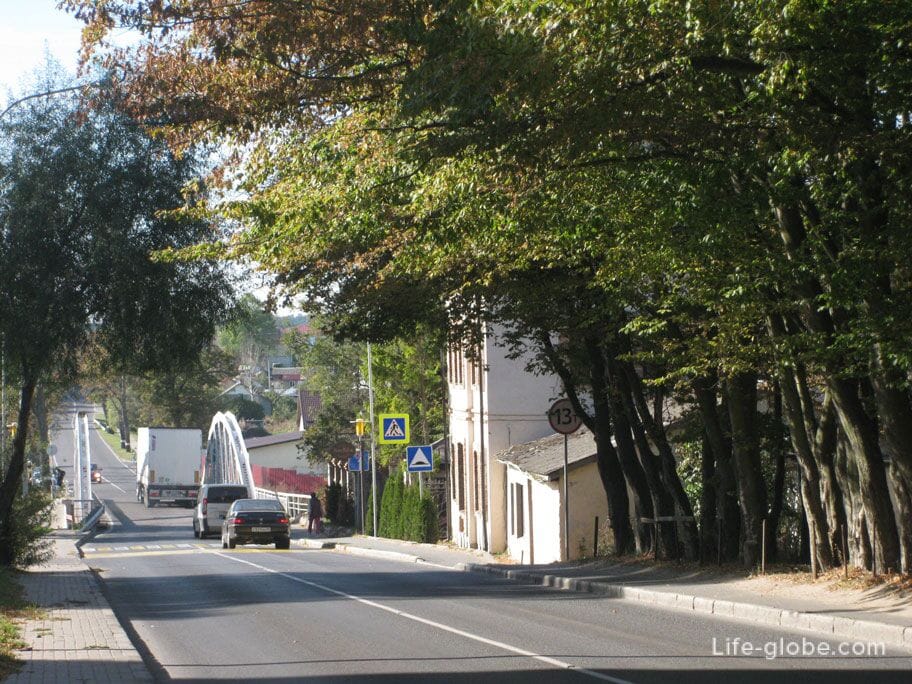
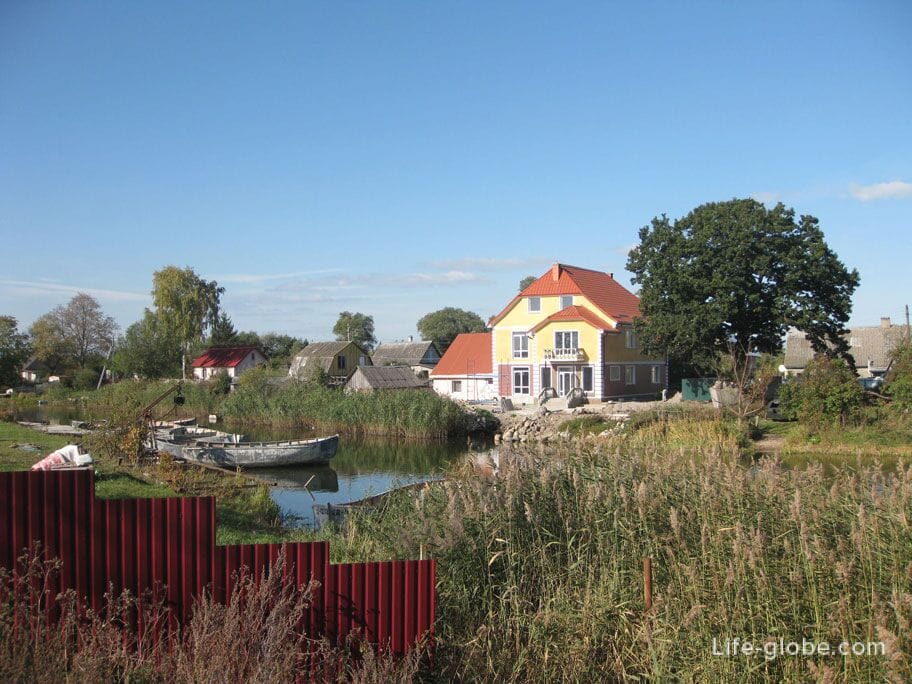
There is a club in the village. Such a village club of sovdepovsky style.

One of the attractions of the village is the bridge over the Cool River.

At the bridge, on the right side of the highway, on the river bank, there is a restaurant-tavern of homemade cuisine with a Prussian accent - Taverne "Haus am Hafen". Address of the tavern House: Kaliningrad region, Guryevsky district, village. Ushakovo, Pobedy str., 10.
Russian Russian Restaurant has two halls - a traditional German pub style with 36 seats and a classic banquet hall with 54 seats, with a capacity of up to 70 people; summer gazebos - large and small, there is also a gazebo on a pontoon on the water; a summer arched tent with 150 seats; a lighthouse with panoramic views; guest rooms; an embankment; barbecue and a Russian stove; Russian billiards; free parking for cars and parking for yachts, as well as free WI-FI throughout the complex.
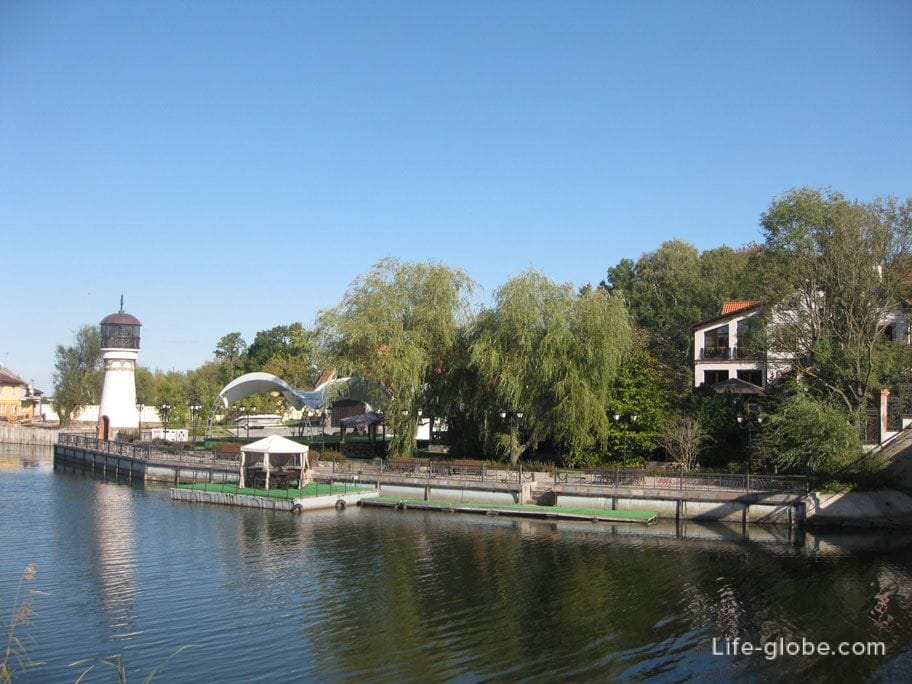
The village of Ushakovo would not deserve the attention of the guests of the region, if not for the attractions located in its vicinity.
A mass grave of Soviet soldiers or a memorial in memory of Soviet soldiers who died in the battles for these lands.
The mass grave was formed during the fighting. More than four hundred soldiers who died in this area during the battles of the Second World War are buried on the grave. Such Heroes of the Soviet Union as Colonel Lizyukov Pyotr Ilyich and Senior Sergeant Nikolayev Vladimir Romanovich are buried here.
The monument itself was erected in 1950.
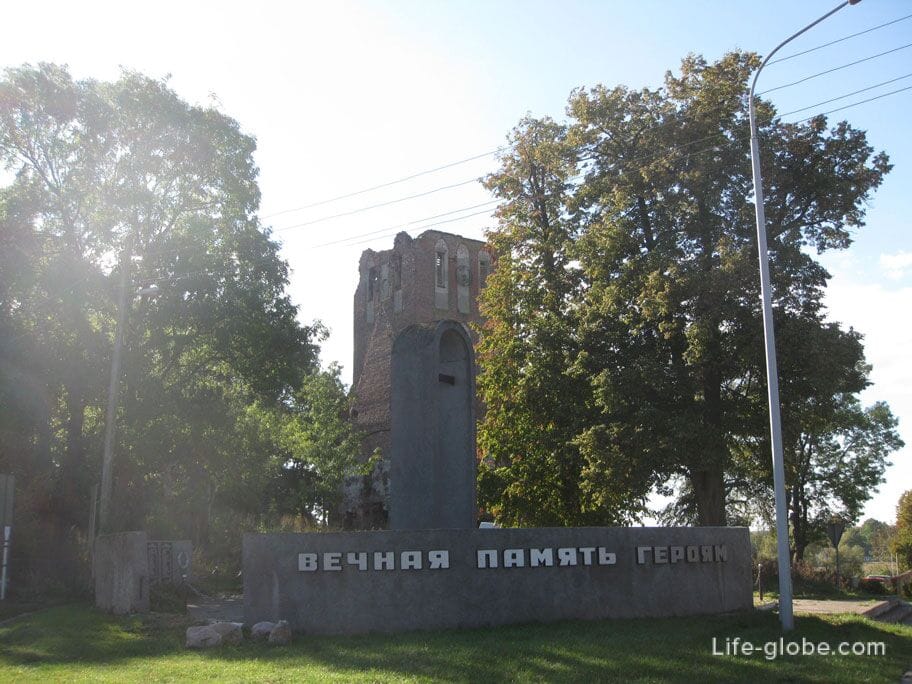
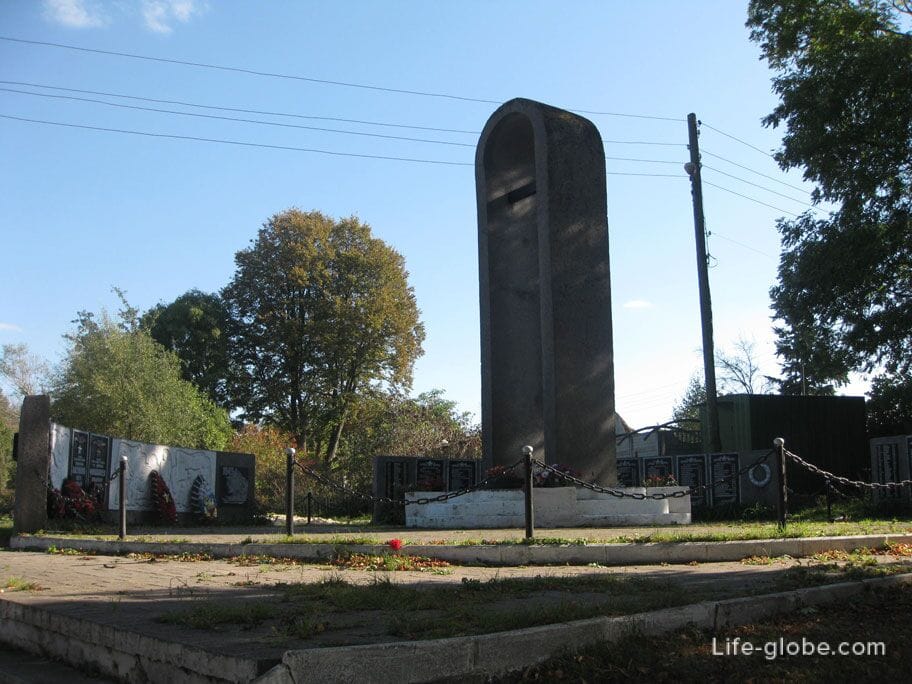
Next to the memorial is another landmark of the village, which is an object of cultural heritage of regional significance - the Church of St. Nicholas, or as it is also called the Church of St. Nicholas. We wrote about the church in detail in one of the previous articles, you can read more and see photos here.
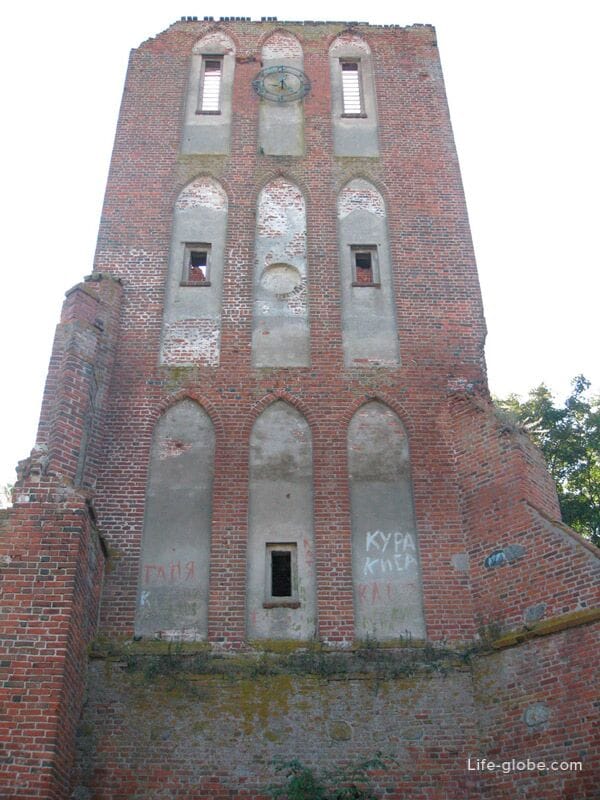
Brandenburg Castle, which is currently the ruined remains of a Teutonic Order castle. We also talked about the castle earlier, you can find it here.
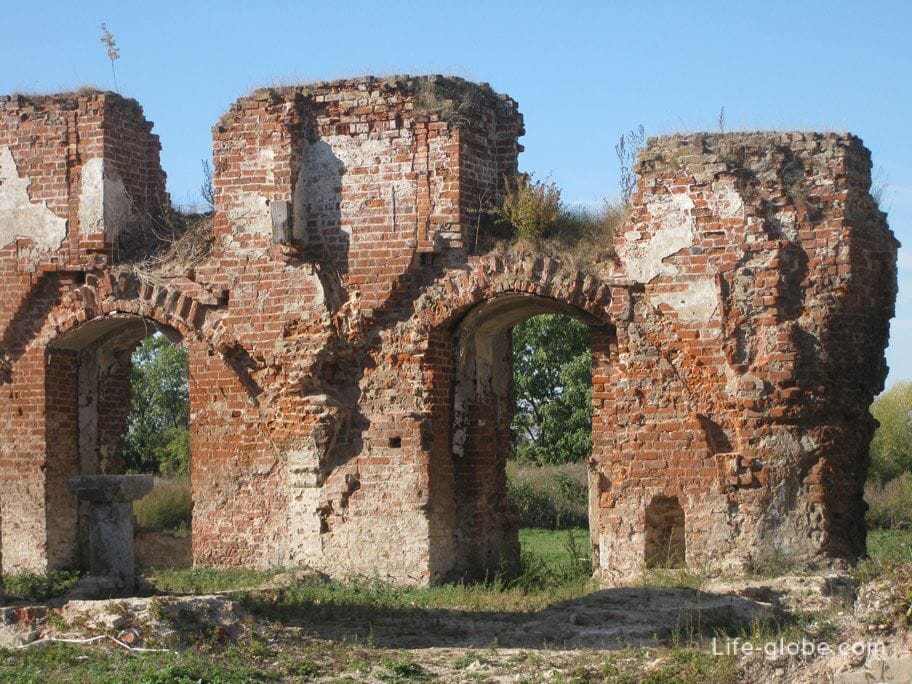
That's actually all that the village is notable for.
If you decide to visit the village of Ushakovo and its sights, then you should drive a little further along the same highway (to the border), there are two more attractions of regional significance - The monument of wildlife is a petiolated oak and the ruins of Balga Castle.
A long time ago, Prussian peasants, fishermen and hunters lived at the mouth of the Prusos River (later Frishing, now the Cool River), on the shore of the bay, later called Frisches Haf (now Kaliningrad Bay).
In 1246, the knights of the Teutonic Order invaded their land.
In 1266, Margrave Otto III von Brandenburg, the great-grandson of Albrecht the Bear, built a wooden fortress Brandenburg, which after the departure of the margrave was almost immediately captured and burned by the Prussians-Warmians.
In 1267, the fortress was returned by the order and restored. The first commander of the Brandenburg Castle was Friedrich von Holdenstethe, who simultaneously held the post of Supreme Marshal of the Teutonic Order.
In 1273, the garrison of Brandenburg Castle repulsed an attack by an army led by the Prussian leader Glappo. As a result of the battle, Glappo was captured and sent to Konigsberg (now the city of Kaliningrad), where he was publicly hanged after being tortured.
In 1275-1290, the Brandenburg Fortress was rebuilt in stone. From that time until 1499, the castle became the center of the Komturstvo, the largest in the Order, whose possessions stretched from the Great Masurian Lakes to the border with Lithuania.
Since 1322, the greatest historical relic has been kept in Brandenburg Castle - a fragment of the Holy Cross on which Jesus Christ was crucified.
In the XIV century, a church was built in Brandenburg, in which in 1380 the commander of Brandenburg and the diplomatic representative of the Teutonic Order in Lithuania, Gunther von Hohenstein, was buried.
In 1408, the first school was built in Brandenburg, and in 1422 two mills were already functioning, later in 1425 - three.
During the "war of the cities" in 1454, as a result of the assault, Brandenburg Castle was significantly destroyed, but in 1456 it was partially restored again.
In 1467-1499, the Comtur of Brandenburg simultaneously held the position of supreme hospitaller in the administration of the Teutonic Order.
In 1513, the grand master of the Teutonic Order, Albrecht, granted the village of Brandenburg the right to free trade, which at that time had a significant status.
In 1520, as a result of military operations, the castle was burned down. After the restoration, in 1525-1752, the residence of Amthauptmann, the head of the parish, was located in Brandenburg Castle.
The settlement, which existed near the walls of the castle, grew over the years, in 1604 there were 7 inns and 50 courtyards in which fishermen, gardeners, boatmen, cabmen, peasants and small traders lived.
During the epidemic of 1629, Elector Georg Wilhelm and his courtiers stayed in Brandenburg.
In 1655, Elector Friedrich Wilhelm and his wife visited Brandenburg.
In 1716-1732, the 12th Cuirassier Regiment was quartered in Brandenburg.
In 1725, Brandenburg was awarded a coat of arms, but did not receive the status of a city.
In 1729, the harbor was laid, modernized in 1884.
In 1885, 1,387 people lived in Brandenburg, in 1925 - 1,250 people, by 1939 the population had already reached 1,595 people.
On March 13, 1945, at 12:40 p.m., soldiers of the 16th Guards Rifle Division under the command of Major General M.A. Pronin and the 36th Guards Rifle Corps under the command of Lieutenant General P.K. Koshevoi also of the 11th Guards Army wedged into the enemy's defenses and cut the highway connecting Brandenburg with Konigsberg. After hard fighting, the village of Brandenburg was taken, it happened on March 17, 1945.
In 1946, Brandenburg was renamed Ushakovo settlement.